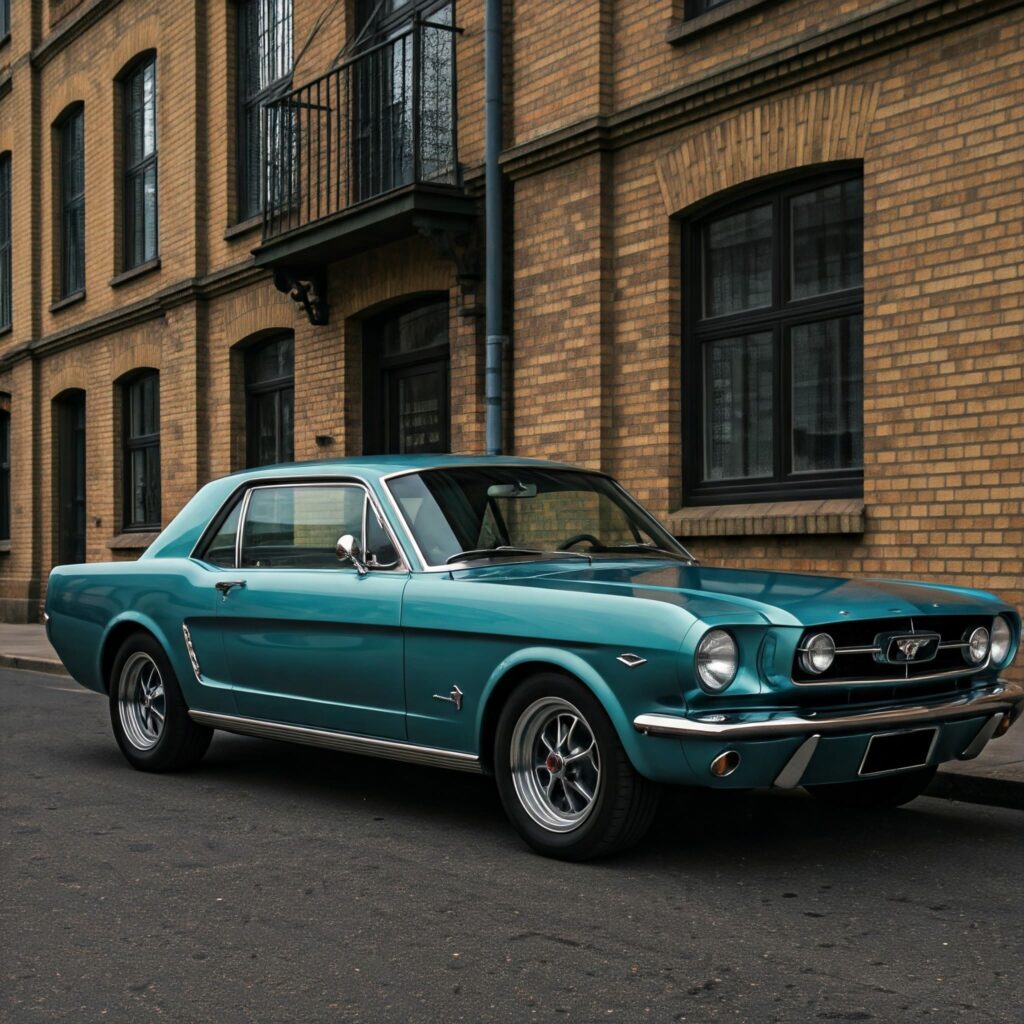The 1966 Mustang with its 289 engine, a classic among car enthusiasts, requires attentive maintenance to preserve its performance and reliability. Selecting the correct oil is a critical part of regular upkeep. This guide provides an impartial, detailed look at the factors to consider, as well as a balanced comparison of leading oil options to help you make an informed decision for your classic Mustang.
Key Considerations When Choosing Oil for a 1966 Mustang 289
Older engines like the 289 in the 1966 Mustang have unique lubrication needs due to their design and operating conditions. These factors should guide your oil selection:
- Viscosity: The 289 engine typically operates well with SAE 10W-30 or SAE 10W-40 oils. The right viscosity depends on ambient temperatures and driving conditions.
- Zinc Content (ZDDP): Older engine designs benefit from higher levels of zinc dialkyldithiophosphate (ZDDP) to protect flat-tappet camshafts and other components. Modern oils often lack sufficient ZDDP, so consider an oil formulated specifically for older engines.
- Synthetic vs. Conventional: Synthetic oils provide greater thermal stability and protection under strenuous conditions, while conventional oils may suffice for low-stress, infrequent use.
For more historical details on the Mustang 289 engine, see this comprehensive breakdown of the Hi-Po 289 engine. Understanding your engine’s heritage can provide valuable context when making maintenance decisions.
Synthetic vs. Conventional Oils: A Performance Perspective for Your ’66 Mustang
Your ’66 Mustang deserves the best. It’s a legend, a testament to automotive artistry. To truly unleash its potential, the right lubricant is crucial.
Conventional oil can get the job done, but it’s like putting economy tires on a race car – you’re not maximizing the engine’s performance.
Enter synthetic oils, the high-performance lubricants engineered for demanding applications.
Here’s the breakdown:
- Molecular Structure: Synthetics are like perfectly machined components. Their molecules are uniform and consistent, creating a stronger, more durable film between moving parts. This minimizes wear and tear, crucial for high-revving engines like yours.
- Cold Flow Excellence: Conventional oils thicken in the cold, hindering lubrication during critical startup. Synthetics, however, maintain their fluidity, ensuring instant protection during those crucial first moments.
- Thermal Stability: High temperatures can degrade conventional oils, leading to sludge and deposits. Synthetics, however, remain stable under extreme conditions, protecting your engine from heat-related damage.
- Reduced Friction: Synthetics minimize internal friction, improving engine efficiency. This translates to better fuel economy and enhanced performance.
- Longevity: Synthetics exhibit lower volatility, resulting in less oil consumption and extended drain intervals. This translates to fewer oil changes and reduced maintenance costs.
The Bottom Line: For the discerning Mustang owner, synthetic oils offer a significant performance advantage. They provide superior protection, enhance efficiency, and contribute to the long-term health of your engine. Invest in the best for your classic – it deserves nothing less.

Product Comparisons: Exploring Reliable Engine Oil Options
Choosing from among well-regarded oils ensures reliable protection for your classic engine. Below is an impartial comparison of three leading brands widely used for maintenance of vintage vehicles:
| Product | Defining Features | Best Suited For |
| Valvoline VR1 | High zinc content for vintage engines, supports flat-tappet camshafts. | Frequent use in high-performance driving. |
| Lucas Hot Rod Oil | Designed for classic engines; includes high ZDDP levels and rust inhibitors. | Classic cars driven occasionally or in storage. |
| AMSOIL Z-ROD® Synthetic | Engineered with high ZDDP levels and anti-corrosion properties. | Preservation of classic cars with extended storage periods. |
Each oil serves distinct needs: Valvoline VR1 is ideal for traditionalists seeking high zinc content, Lucas Hot Rod Oil caters to balanced protection and occasional drives, and AMSOIL Z-ROD excels in protecting engines during long storage periods.
Practical Maintenance Tips for the 1966 Mustang 289 Engine
Proper maintenance extends beyond oil selection. Follow these steps to keep your classic Mustang operating smoothly:
- Check Oil and Filter Regularly: Monitor oil levels and condition, replacing the filter at every oil change.
- Perform Oil Changes on Time: Change oil frequently for vehicles driven occasionally to prevent sludge buildup from moisture absorption.
- Use a Zinc Additive if Needed: For oils with insufficient ZDDP, add a trusted zinc additive to protect flat-tappet components.
A consistent maintenance schedule is critical for preventing wear in aging engines and preserving their original performance.
Answering Common Questions About Oil for the 289 Engine
What type of oil is recommended for the 1966 Mustang 289?
SAE 10W-30 or SAE 10W-40 oils with higher zinc content (ZDDP) are typically recommended to protect older engine components.
Does synthetic oil help with classic engines?
Synthetic oils offer superior breakdown resistance and stability but may not always be necessary for low-use classic cars. Choose based on your driving habits.
Are additives necessary for modern oils?
Most modern oils lack the ZDDP levels required for flat-tappet designs. If using a modern oil, consider a compatible zinc additive.
What is the recommended oil change interval for classic Mustangs?
For cars driven occasionally, oil changes every three months (or approximately 1,000 miles) are ideal to remove contaminants and moisture.

Additional Resources for Classic Car Maintenance
For in-depth product details and performance benefits, review Valvoline VR1 Racing Oil, Lucas Hot Rod & Classic Car Oil, and AMSOIL Z-ROD®.
Closing Thoughts
Selecting the right oil for a classic 1966 Mustang 289 requires careful consideration of its unique lubrication needs. Whether opting for a conventional oil with added ZDDP or a high-performing synthetic, the choice should align with usage patterns and the car’s operational environment. Balanced maintenance and informed product selection will ensure your Mustang remains a reliable, high-performing classic for years to come.
